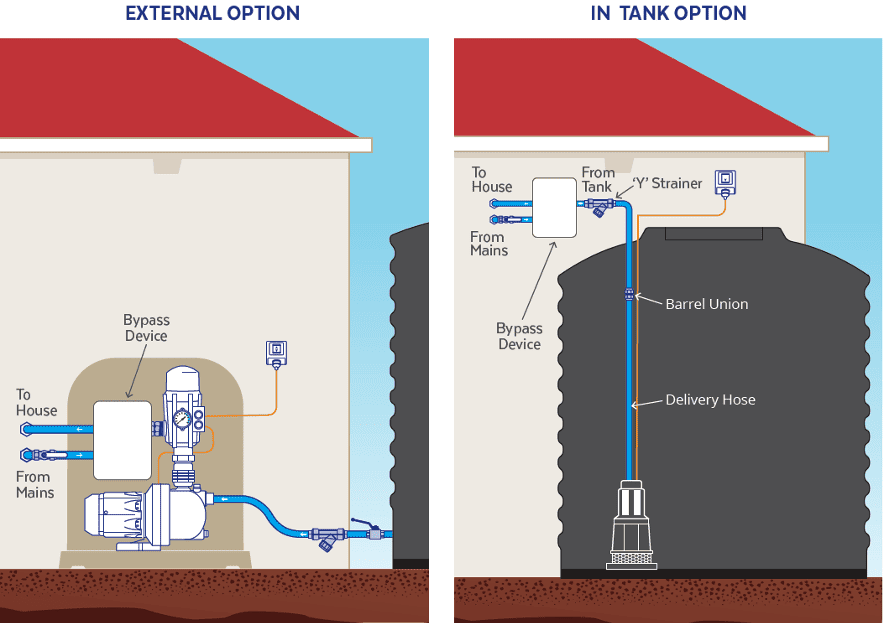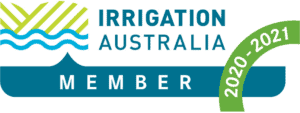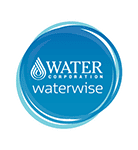The pump is an essential part of a rainwater harvesting system.
A reliable and high quality pump specific for your needs is a must so that your rainwater system keeps working for years to come without a glitch. First, determine what the budget is and what is the most convenient pump for your household.
Other key elements which will influence the selection of the right pump are the flowrate and the water pressure needed for your household. Basically, how you are going to use the water effectively. It is recommended to have a 250-300 kPa flow rate which will allow you to run 2-3 devices at the same time for eg kitchen sink, laundry and shower/toilet flush or laundry and reticulation system.
Water pressure is also an important aspect as without pressure some appliances will not work for example your washing machine. Choose the smallest pump size (measured in Power Absorbed) for the required household flow rate. This will minimise the use of electricity hence reducing the energy bill.

Internal pumps:
External pumps:
Assuming the pump has been correctly installed, the benefits for both are:
Internal pumps:
Assuming the pump has been correctly installed, the benefits for both are:
At Beyond Reticulation, as members of Rainwater Harvesting Australia, we can help you with all the decision making. We will also help you become water wise through urban Rainwater Harvesting and have a better understanding of how the system will benefit you and your family.
Give Beyond a call to book your consultation today.
Receive our Latest News, Promos & Specials
Phone: 0411 384 186
7am – 5pm/ Monday to Friday
8am – 2pm/ Saturday
Address: 18/8 Hasler Road, Osborne Park, WA 6017
PO Box 7169, KARAWARA WA





© All Rights Reserved.
Made with ❤ by Maution Agency